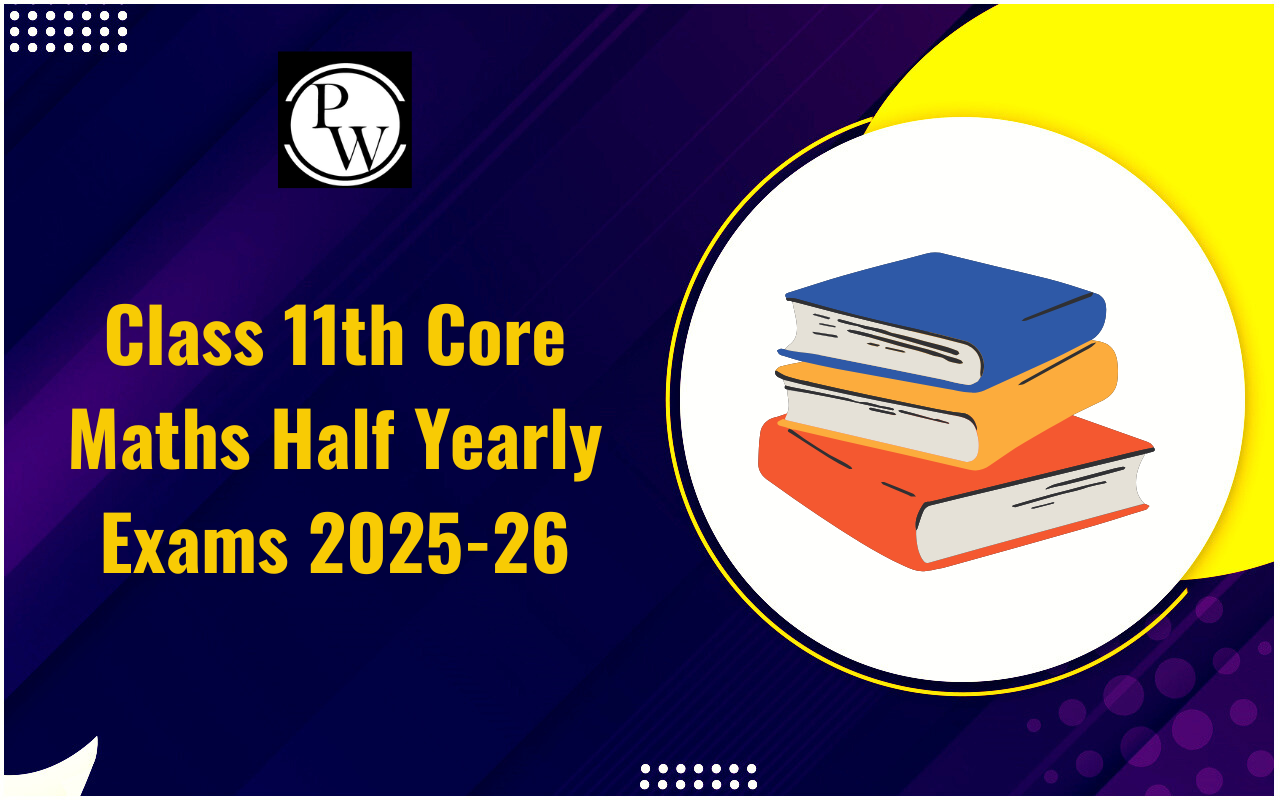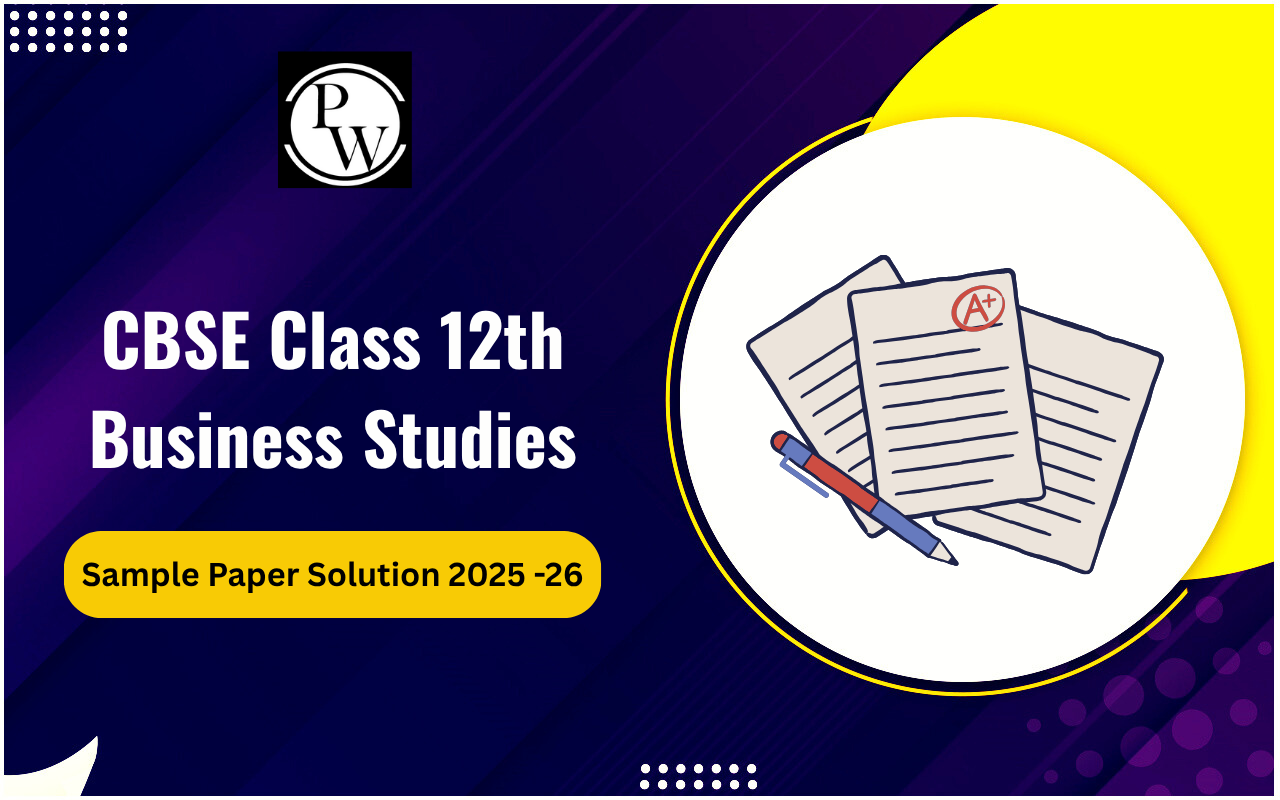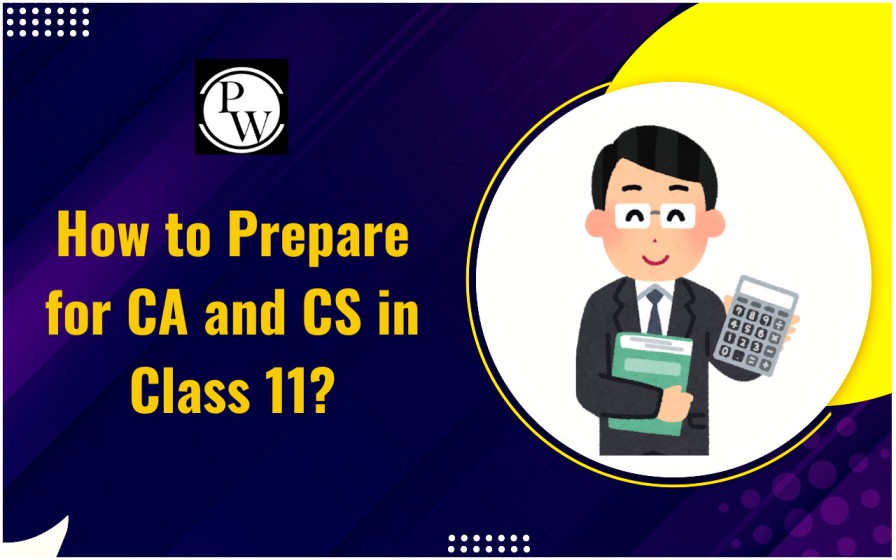
The total cost of production is the total of all expenditures made by a firm in order to create items at a certain output level. Product managers may determine their profit margin by adding fixed and variable costs. Business owners must have information about their income and expenses to guarantee that their enterprises function smoothly. Total cost is used by entrepreneurs to assess the profitability and performance of their businesses.
Definition of Total Cost
Total Cost is a fundamental concept in economics and finance that encapsulates the aggregate expense incurred in the production of goods or services within a specified period. It encompasses all expenses, both explicit and implicit, associated with the entire production process, including the cost of labor, raw materials, machinery, utilities, and other inputs.Types of Cost
In cost analysis, expenses are systematically categorized into distinct groupings, allowing for a comprehensive understanding of resource utilization. These categories encompass various aspects of production expenditure: Direct Costs: Expenses directly attributable to the production process, such as labour and raw materials. Indirect Costs: Supplementary expenditures that facilitate production, like utilities and administrative overhead. Fixed Costs: Unchanging expenses irrespective of production levels, encompassing items like rent and insurance. Variable Costs: Fluctuating expenses contingent on production quantities, such as materials used. Opportunity Costs: The potential benefits are forgone by choosing one option over another. Explicit Costs: Tangible, identifiable outlays explicitly associated with production. Implicit Costs: Less apparent expenses, like the value of personal time and resources. Sunk Costs: Costs that have already been incurred and are unrecoverable. Marginal Costs: The additional cost incurred by producing one more unit. Average Costs: The cost per unit produced, computed by dividing Total Cost by production quantity.Total Cost Formula
In the realm of cost analysis, diverse formulas are employed to compute Total Cost, tailoring the approach to the specific nuances of the situation. One such foundational formula encompasses the aggregation of various cost components: Formula: Total Cost (TC) = Direct Costs + Indirect Costs Direct Costs include costs directly related to production inputs, while Indirect Costs encompass supplementary expenses like overhead and administrative charges.How to Calculate Total Cost
Calculating Total Cost involves a structured procedure that encompasses various cost elements pertinent to the production process. The ensuing points delineate the sequential steps to compute Total Cost: Identify Direct Costs: Recognize expenses directly linked to production inputs. Account for Indirect Costs: Include overhead costs like utilities and administrative charges. Summarise Fixed Costs: Aggregate expenses that remain constant regardless of production levels. Tally Variable Costs: Sum up expenses that change with varying production quantities. Consider Opportunity Costs: Evaluate the value of alternative resource uses. Factor in Explicit Costs: Include easily measurable expenses. Recognize Implicit Costs: Incorporate less apparent costs like the value of time. Calculate Total Cost: Add Direct and Indirect Costs together.Total Cost Example
Consider an automobile manufacturing firm, XYZ Motors, engaged in producing a batch of 500 vehicles. The company's Total Cost can be illustrated through a hypothetical breakdown of various cost components: Direct Material Cost: XYZ Motors purchases raw materials, such as steel, rubber, and plastics, for constructing the vehicles. The direct material cost for the batch is $1,000,000. Direct Labor Cost: Skilled and unskilled workers are employed on the assembly line to build the vehicles. The direct labor cost for the batch amounts to $400,000. Manufacturing Overhead: Overhead costs, including machinery maintenance, utilities, and factory rent, sum up to $200,000. Research and Development: XYZ Motors invests in research and development activities to enhance vehicle features and safety. The R&D cost for this batch of vehicles is $150,000. Marketing and Advertising: The firm incurs expenses for advertising campaigns and promotional events, which total $50,000. Administrative Expenses: Salaries of administrative staff and office maintenance costs amount to $100,000. Considering the above components, XYZ Motors' Total Cost for producing the batch of 500 vehicles can be calculated as follows: Total Cost = Direct Material Cost + Direct Labor Cost + Manufacturing Overhead + Research and Development + Marketing and Advertising + Administrative Expenses Total Cost = $1,000,000 + $400,000 + $200,000 + $150,000 + $50,000 + $100,000 Total Cost = $1,900,000Factors Affecting Cost
In the realm of economic analysis, the computation of costs is influenced by numerous factors. These factors collectively shape the financial outlays associated with production and operational endeavours. The subsequent points outline significant factors that impact cost considerations: Input Prices : Fluctuations in the prices of raw materials, labour, and other production inputs directly affect the cost of producing goods and services. Technological Advances: Innovations and advancements in technology can lead to increased efficiency, potentially reducing production costs. Economies of Scale: As production quantities increase, the cost per unit may decrease due to factors such as optimized resource utilization and increased bargaining power. Production Techniques: Different methods of production, such as automation versus manual labor, can significantly impact costs. Market Demand: Variations in consumer demand can influence production levels, affecting costs through adjustments in economies of scale. Regulatory Environment: Compliance with regulations and standards may necessitate additional expenditures for environmental and safety measures. Labor Productivity: The efficiency and skill level of the workforce can impact overall labor costs. Currency Fluctuations: If a firm engages in international trade, changes in exchange rates can influence the costs of importing/exporting materials. Energy Costs: The price of energy resources, such as oil and electricity, can have a substantial effect on production expenses. Competition: Market competition can compel firms to manage costs strategically to maintain competitiveness.Read Related Topics
Total Cost Formula FAQs
Ques1:- What is opportunity cost in relation to Total Cost? Ans:- Opportunity cost refers to the value of the next best alternative foregone when resources are used for a specific purpose, contributing to the overall Total Cost calculation. Ques2:- What are explicit and implicit costs? Ans:- Explicit costs are tangible, easily measurable expenses, while implicit costs are less apparent costs like the value of personal time or resources. Ques3:- How can businesses reduce Total Costs? Ans:- Businesses cut Total Costs via efficiency, resource optimization, cost-effective tech, streamlined processes, and better supplier deals. Ques4:- How does Total Cost relate to average and marginal costs? Ans:- Average Cost is the cost per unit produced whereas Marginal Cost is the additional cost of producing one more unit and is often used to determine optimal production levels. Ques5:- Why is understanding Total Cost important for entrepreneurs? Ans:- Entrepreneurs need Total Cost awareness to align pricing, resources, and production with financial health and profits.What is opportunity cost in relation to Total Cost?
Opportunity cost refers to the value of the next best alternative foregone when resources are used for a specific purpose, contributing to the overall Total Cost calculation.
What are explicit and implicit costs?
Explicit costs are tangible, easily measurable expenses, while implicit costs are less apparent costs like the value of personal time or resources.
How can businesses reduce Total Costs?
Businesses cut Total Costs via efficiency, resource optimization, cost-effective tech, streamlined processes, and better supplier deals.
How does Total Cost relate to average and marginal costs?
Average Cost is the cost per unit produced whereas Marginal Cost is the additional cost of producing one more unit and is often used to determine optimal production levels.
Why is understanding Total Cost important for entrepreneurs?
Entrepreneurs need Total Cost awareness to align pricing, resources, and production with financial health and profits.
Talk to a counsellorHave doubts? Our support team will be happy to assist you!

Free Learning Resources
PW Books
Notes (Class 10-12)
PW Study Materials
Notes (Class 6-9)
Ncert Solutions
Govt Exams
Class 6th to 12th Online Courses
Govt Job Exams Courses
UPSC Coaching
Defence Exam Coaching
Gate Exam Coaching
Other Exams
Know about Physics Wallah
Physics Wallah is an Indian edtech platform that provides accessible & comprehensive learning experiences to students from Class 6th to postgraduate level. We also provide extensive NCERT solutions, sample paper, NEET, JEE Mains, BITSAT previous year papers & more such resources to students. Physics Wallah also caters to over 3.5 million registered students and over 78 lakh+ Youtube subscribers with 4.8 rating on its app.
We Stand Out because
We provide students with intensive courses with India’s qualified & experienced faculties & mentors. PW strives to make the learning experience comprehensive and accessible for students of all sections of society. We believe in empowering every single student who couldn't dream of a good career in engineering and medical field earlier.
Our Key Focus Areas
Physics Wallah's main focus is to make the learning experience as economical as possible for all students. With our affordable courses like Lakshya, Udaan and Arjuna and many others, we have been able to provide a platform for lakhs of aspirants. From providing Chemistry, Maths, Physics formula to giving e-books of eminent authors like RD Sharma, RS Aggarwal and Lakhmir Singh, PW focuses on every single student's need for preparation.
What Makes Us Different
Physics Wallah strives to develop a comprehensive pedagogical structure for students, where they get a state-of-the-art learning experience with study material and resources. Apart from catering students preparing for JEE Mains and NEET, PW also provides study material for each state board like Uttar Pradesh, Bihar, and others
Copyright © 2025 Physicswallah Limited All rights reserved.
Get App









